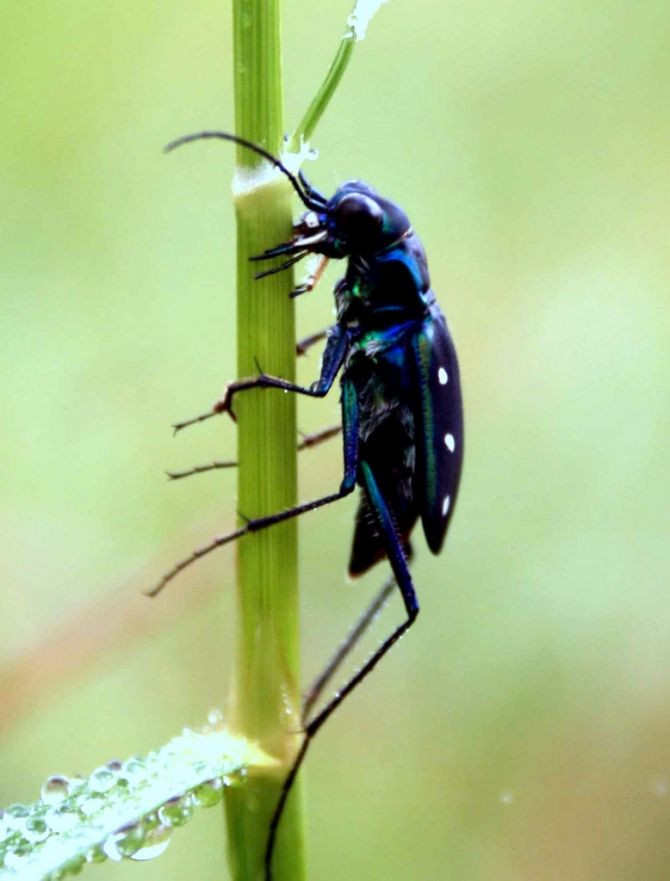Insects' Chemistry Converted into Electricity

Researchers at Case Western Reserve University found that an insect's internal chemicals can be converted to electricity, potentially providing power for sensors, recording devices, and controlling of the bug.
The finding is among a growing list of others across country that could bring the fictional insect super spies to life.
But the authors explain that the power supply, while small, doesn't rely on movement, light or batteries, just normal feeding.
"It is virtually impossible to start from scratch and make something that works like an insect," said Daniel Scherson, chemistry professor at Case Western Reserve and senior author of the paper published in the Journal of the American Chemical Society.
"Using an insect is likely to prove far easier," Scherson said.
"For that, you need electrical energy to power sensors or to excite the neurons to make the insect do as you want, by generating enough power out of the insect itself."
The researchers developed an implantable biofuel cell to provide usable power.
They said that after testing the system using trehalose solutions, prototype electrodes were inserted in a blood sinus in the abdomen of a female cockroach, away from critical internal organs.
"Insects have an open circulatory system so the blood is not under much pressure," co-author and Biology Professor Roy E. Ritzmann said.
"So, unlike say a vertebrate, where if you pushed a probe into a vein or worse an artery (which is very high pressure) blood does not come out at any pressure. So, basically, this is really pretty benign. In fact, it is not unusual for the insect to right itself and walk or run away afterward."
Taking several steps to move the technology forward by miniaturizing the fuel cell so that it can be fully implanted and allow an insect to run or fly normally, investigating materials that may last long inside of an insect, and working with other researchers to build a signal transmitter that can run on little energy, adding a lightweight rechargeable battery.
"It's possible the system could be used intermittently," Scherson said.
"An insect equipped with a sensor could measure the amount of noxious gas in a room, broadcast the finding, shut down and recharge for an hour, then take a new measurement and broadcast again."
Published by Medicaldaily.com



























